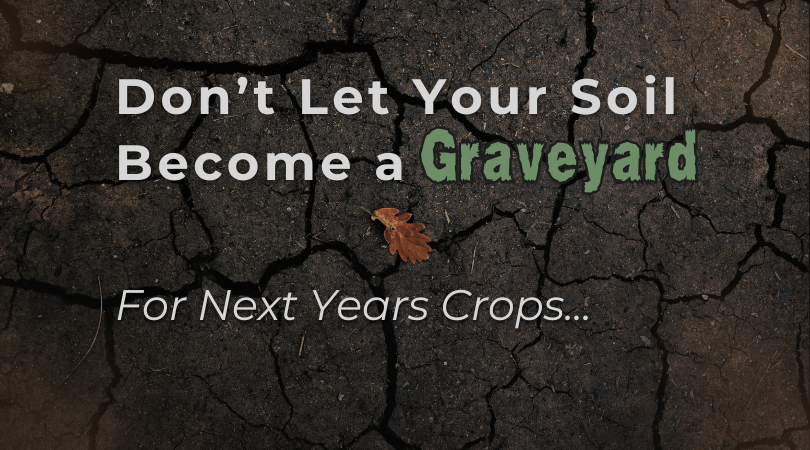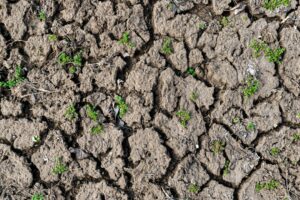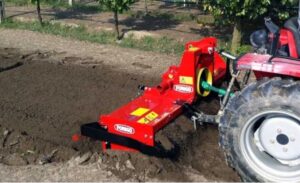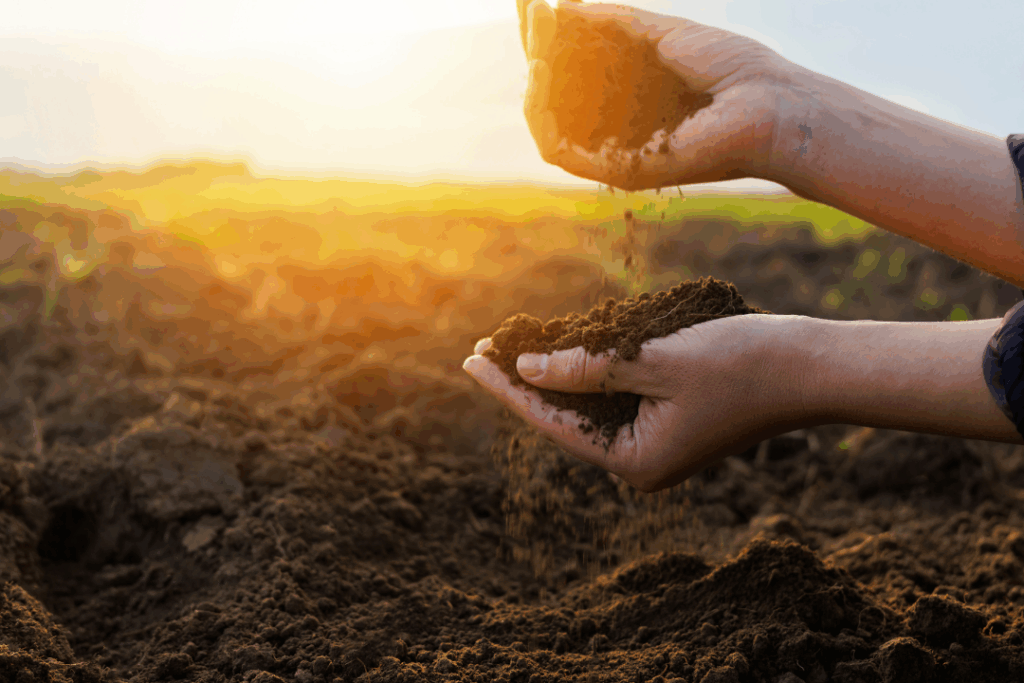(877) 533-7878
Don’t Let Your Soil Become a Graveyard for Next Year’s Crops

This fall, the scariest thing hiding in your fields isn’t Halloween decorations, it’s what’s happening below the surface of your soil. As autumn sets in, Lee Rain wants to remind growers that soil care doesn’t stop when the temperatures drop. Ignoring it now can come back to haunt your fields next spring.
In this article, we’ll uncover the hidden dangers of dry soil, why fall moisture management still matters, the creeping threat of soil compaction, and the tools you can use to protect your soil for the upcoming year.
The Hidden Dangers of Dry Soil
September mornings can be deceiving. Heavy dew may glisten across the fields, giving the illusion that soil is plenty moist. (Check out our September article, The Science Behind Dew, for more on why this happens.)
But here’s the reality: surface moisture from dew doesn’t replace consistent soil hydration. Dry or compacted soil can suffocate roots, limit nutrient uptake, and slow microbial activity, creating an unproductive environment.
 Spooky twist?
Spooky twist?
Think of neglected soil as a graveyard where nothing thrives.
Why Moisture Still Matters in Fall
Even as crops come off the field, your soil isn’t done working. Fall moisture supports:
- Cover crop establishment — giving seeds the moisture they need to sprout and
anchor. - Root development — helping perennial and overwintering plants stay strong.
- Erosion prevention — protecting topsoil and nutrients from blowing or washing away.
Efficiency is key. Whether you’re running pivots, drip systems, or hose reels, even short run times can make a big difference in keeping soil healthy heading into winter.
Understanding Soil Compaction
As harvest season ramps up, so does traffic from combines, trucks, and heavy equipment. That pressure compacts the soil, squeezing out pore spaces that roots, air, and water depend on. Without intervention, compaction becomes a lingering problem. Buried now, but certain to return at spring planting. Compaction reduces infiltration, slows drainage, and can even force roots to grow sideways instead of down, limiting access to nutrients.
How Tillage Can Help
Compaction may sound like a curse, but the right tillage practices can break the cycle. Tools like subsoilers and decompactors target deep layers of compacted soil, restoring porosity and encouraging  root penetration. Secondary tillage can further prepare soil structure, creating an environment where cover crops and spring crops can flourish.
root penetration. Secondary tillage can further prepare soil structure, creating an environment where cover crops and spring crops can flourish.
But caution is key: too much or poorly timed tillage can damage soil life. The right machinery, like Forigo’s line of precision tillage equipment
is designed to reduce compaction risks while preserving soil health.
Tools & Products to Defend Your Soil
The good news? You don’t have to face these hidden villains alone. With the right tools, you can protect your soil and set yourself up for a stronger spring:
- Soil Moisture Indicators — Take the guesswork out of irrigation. Indicators help you track actual soil hydration, ensuring you’re not fooled by surface dew.
- Drip Irrigation — Delivers precise moisture right where roots need it, supporting microbial activity and reducing the risk of creating “dead zones.”
- Forigo Reverse Tillers — From decompactors and subsoilers that break up hardpan layers to secondary tillage tools that restore porosity, Forigo equipment helps fight the “creeping threat” of compaction. Their machinery is designed to maintain soil structure, improve infiltration, and reduce long-term damage caused by heavy harvest traffic.
At Lee Rain, we help growers keep their soils alive and thriving with the tools to stop compaction and protect fall soil health.
Conclusion (Treat, Not Trick)
Healthy soil means fewer scary surprises next season. Don’t let your fields become a graveyard for next year’s crops.
Contact Lee Rain today to learn how our fall irrigation and tillage solutions can help you defend your soil and get a healthy start next spring.

Copyright 2025 Lee Rain | Agricultural Irrigation All Rights Reserved | Created and Designed by VisionLine Media
